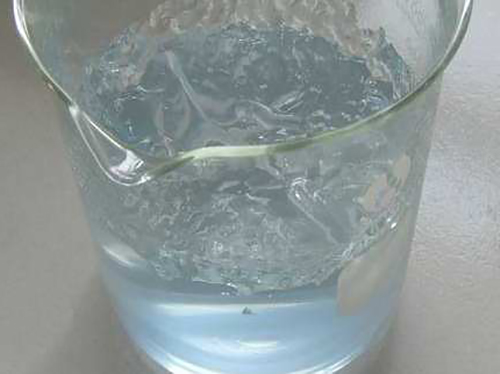Application of Poly Aluminium Chloride in Wastewater Treatment Processes and Benefits
Poly Aluminium Chloride in Wastewater Treatment An Overview
Poly Aluminium Chloride (PAC) is a widely used coagulant in wastewater treatment processes, recognized for its effectiveness in purifying water and reducing pollutants. Its unique chemical properties make it a versatile compound, particularly suitable for treating various types of wastewater. This article explores the significance of PAC in wastewater management, its advantages, and its application processes.
Understanding Poly Aluminium Chloride
PAC is an inorganic polymer formed by the hydrolysis and polymerization of aluminium chlorohydrate. It is composed of aluminium, oxygen, and chlorine, and is often available in powder or liquid form. The chemical formula varies based on the degree of polymerization, but its efficiency in binding and removing impurities from water is well-documented.
Mechanism of Action
The primary function of PAC in wastewater treatment is to remove suspended solids and colloidal materials. It works through a process known as coagulation, which is critical for clarity and purity in treated water. When PAC is added to wastewater, it forms larger aggregates by neutralizing the negative charges on particles, allowing them to clump together, or agglomerate.
Once these particles are agglomerated, they can be easily separated from the water through sedimentation or filtration. This results in a significant reduction in turbidity and improves the overall quality of the water. The efficiency of PAC in coagulating various pollutants, including organic matter, heavy metals, and pathogens, makes it an invaluable component in wastewater treatment facilities.
Advantages of Using PAC
1. Higher Solubility PAC has a higher solubility compared to traditional coagulants like alum. This property allows for a quick and efficient reaction in various pH ranges, making it useful in a range of wastewater treatment scenarios.
poly aluminium chloride in wastewater treatment

2. Lower Dosage Requirements PAC typically requires a lower dosage than other coagulants to achieve the same level of treatment. This not only reduces operational costs but also minimizes the formation of sludge, facilitating easier disposal.
3. Effective in Diverse Conditions PAC is effective in treating a wide range of wastewater types, including industrial effluents and municipal sewage. Its adaptability to different conditions, such as varying pH levels, enhances its utility in diverse environmental contexts.
4. Reduced Alkalinity Control Unlike alum, PAC does not significantly impact the alkalinity of the treated water, allowing for better control of the chemical parameters in subsequent treatment stages.
5. Improved Water Quality The use of PAC leads to improved clarification and reduced chemical oxygen demand (COD), enhancing the overall quality of effluent released into the environment.
Applications of PAC in Wastewater Treatment
PAC is utilized in various sectors, including municipal wastewater treatment plants, industrial facilities, and mining operations. In municipal settings, it helps remove contaminants from sewage before it is discharged into natural water bodies. In industrial processes, PAC plays a vital role in treating wastewater from manufacturing activities, ensuring compliance with environmental regulations.
Moreover, PAC is also valuable in the treatment of sludge generated during wastewater purification processes. It aids in dewatering sludge, improving the efficiency of wastewater treatment processes and reducing the volume of waste that needs to be managed.
Conclusion
Poly Aluminium Chloride is an essential coagulant in modern wastewater treatment practices. Its effectiveness, cost-efficiency, and adaptability make it a preferred choice for treating a variety of wastewater types. As environmental regulations become increasingly stringent, the role of PAC in fostering a sustainable approach to wastewater management will continue to grow, ensuring cleaner water for future generations.
-
Water Treatment with Flocculant Water TreatmentNewsJun.12,2025
-
Polymaleic AnhydrideNewsJun.12,2025
-
Polyaspartic AcidNewsJun.12,2025
-
Enhance Industrial Processes with IsothiazolinonesNewsJun.12,2025
-
Enhance Industrial Processes with PBTCA SolutionsNewsJun.12,2025
-
Dodecyldimethylbenzylammonium Chloride SolutionsNewsJun.12,2025





